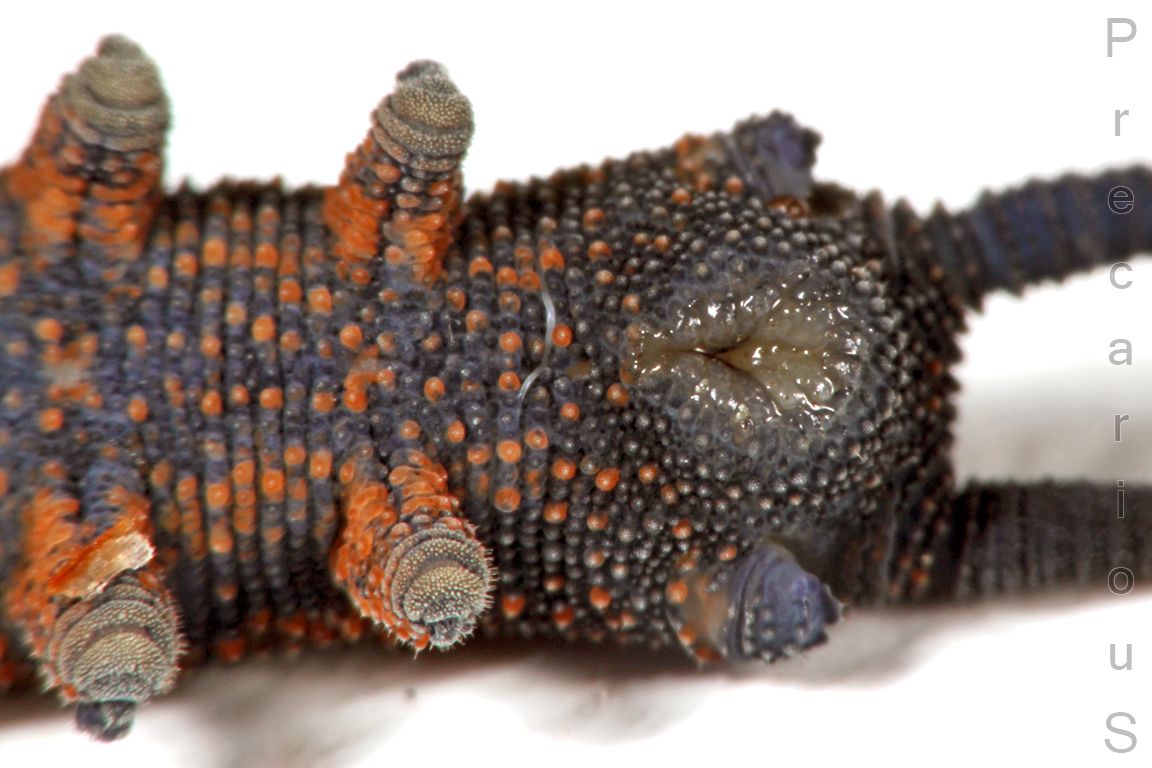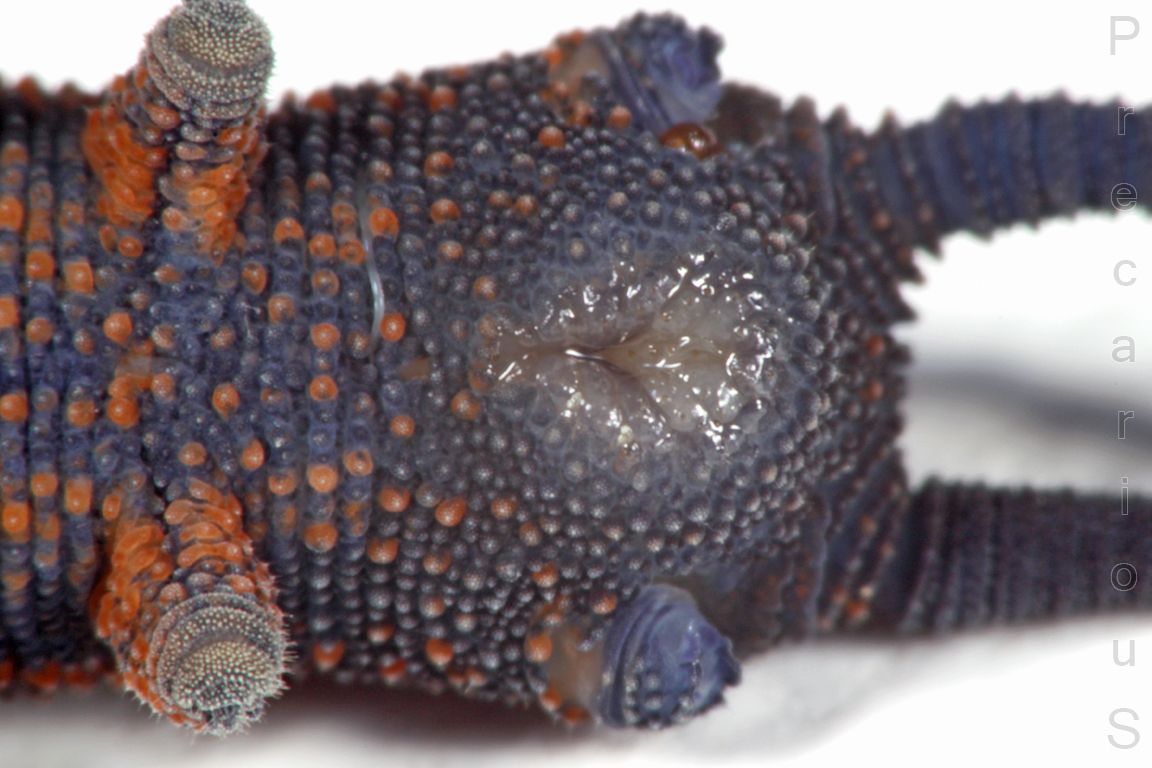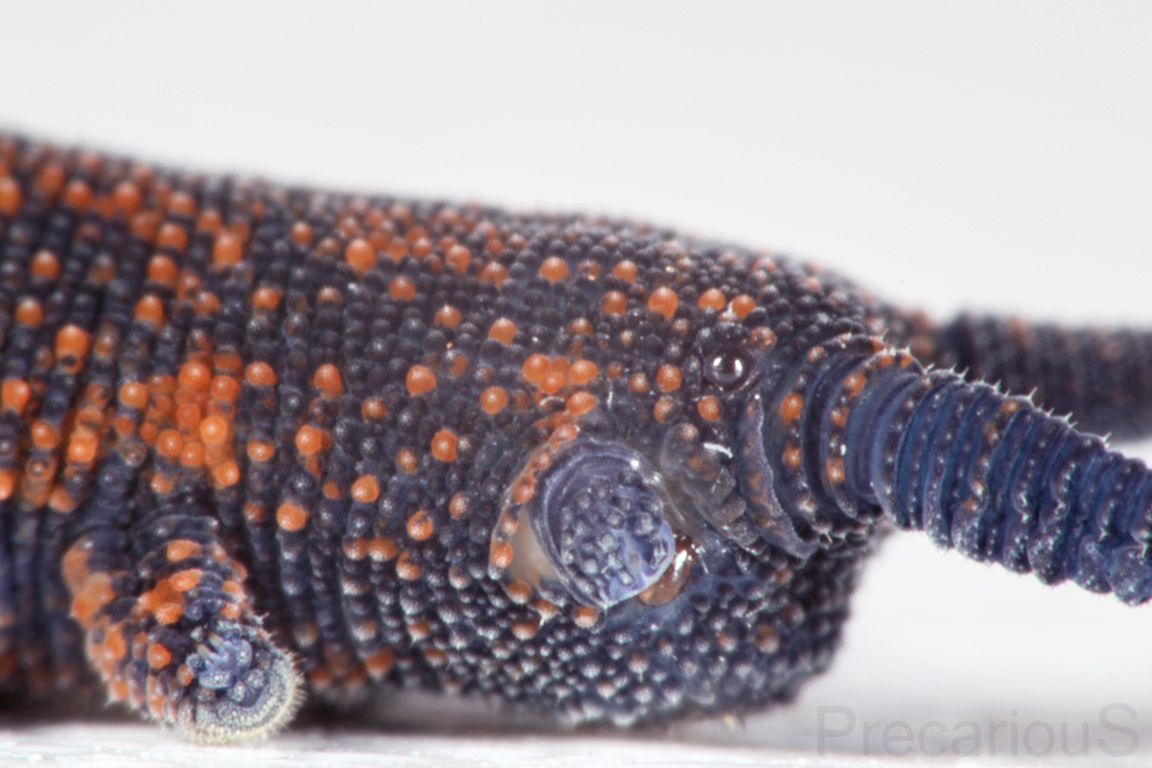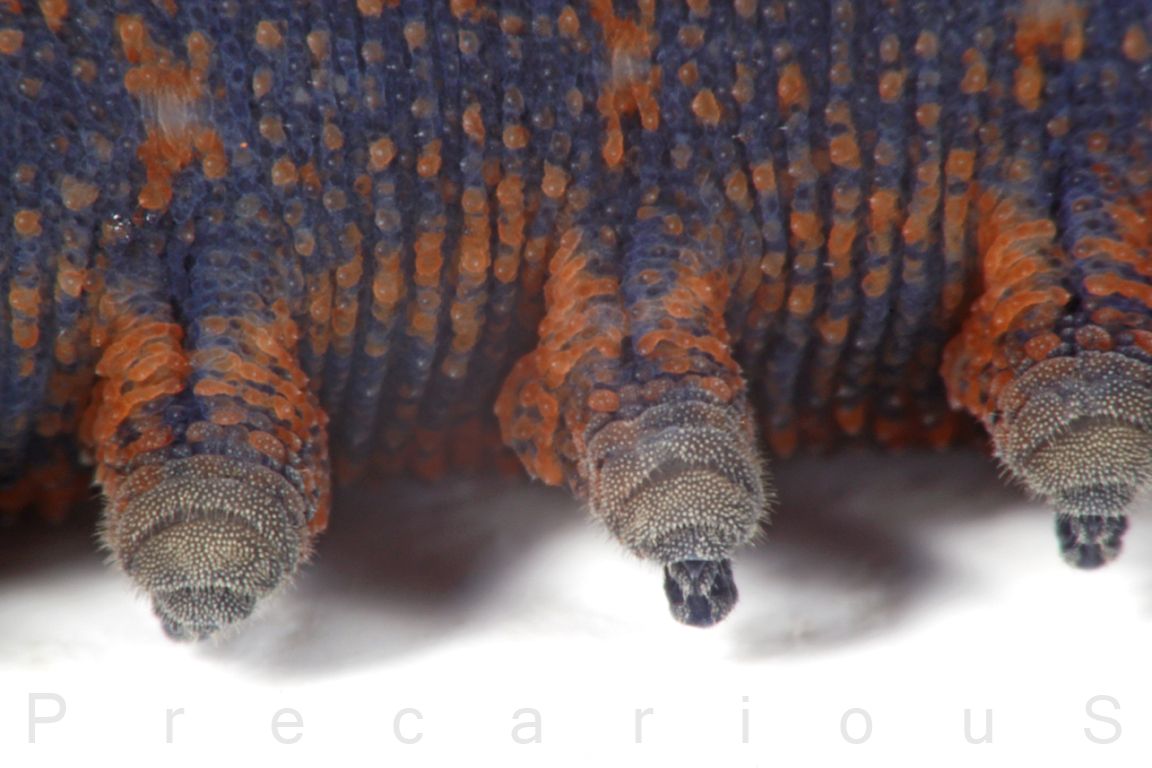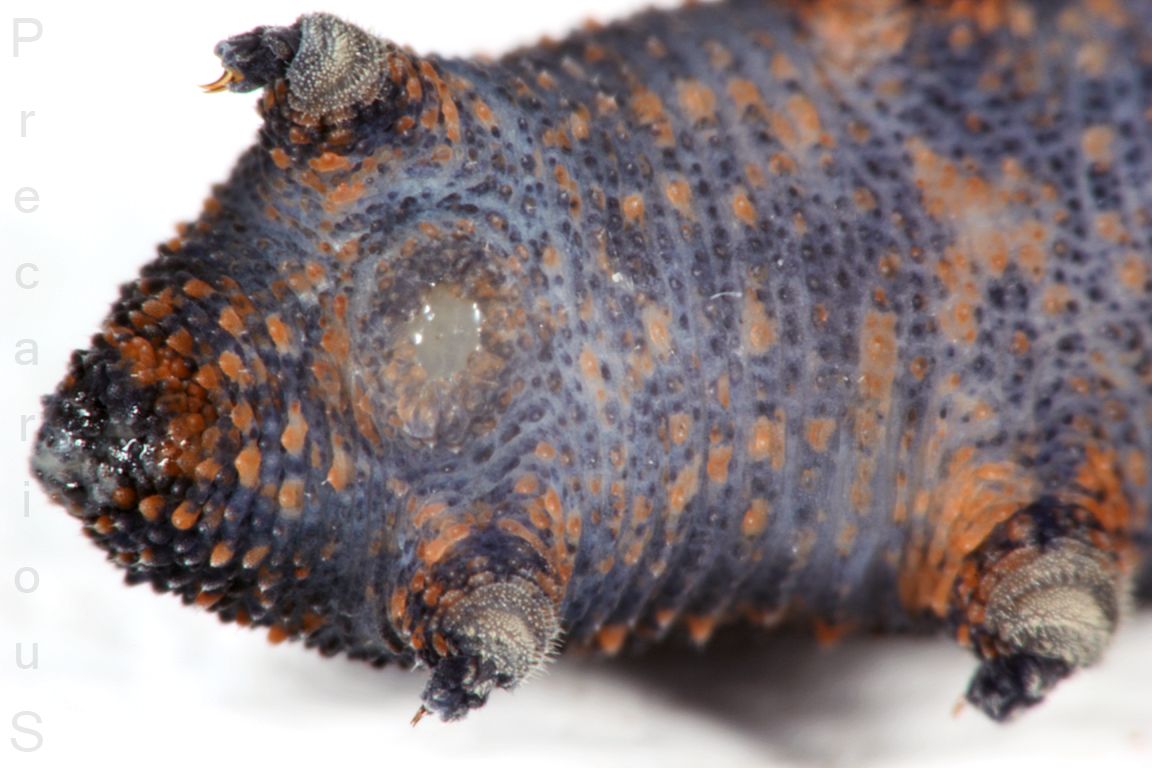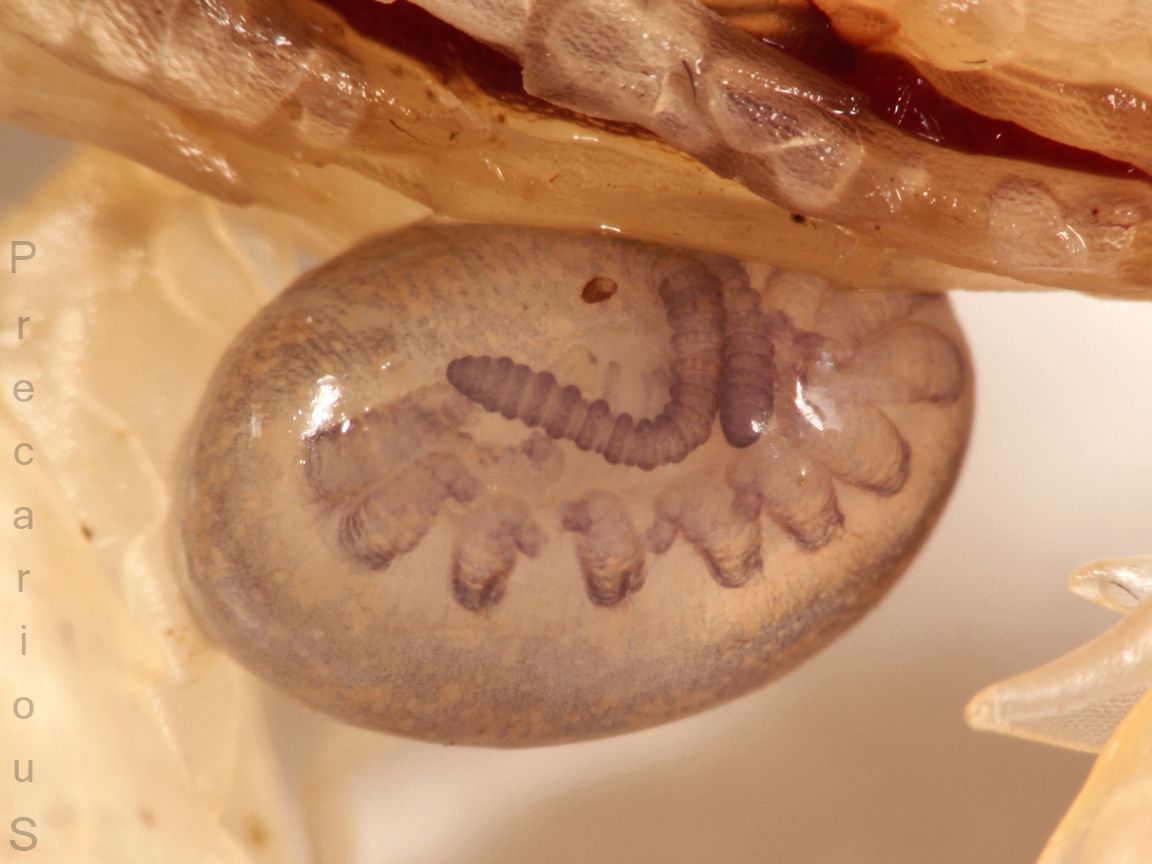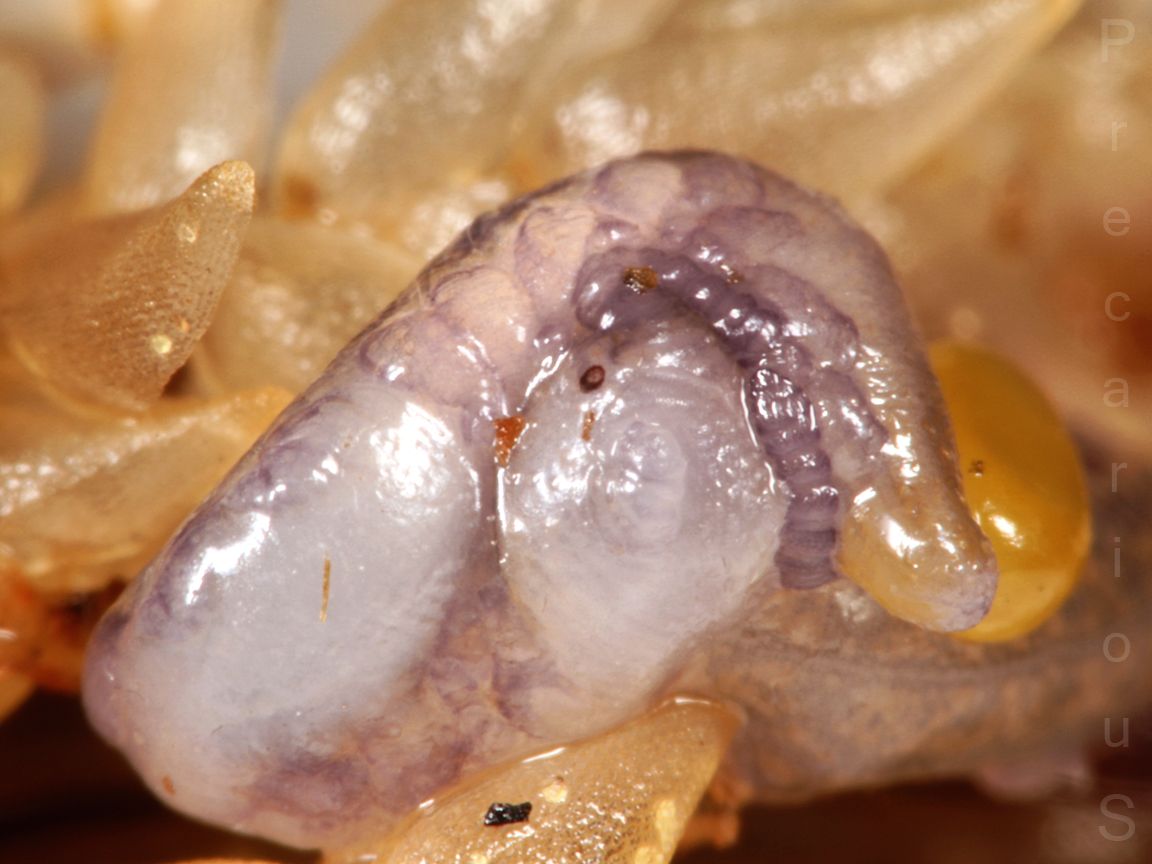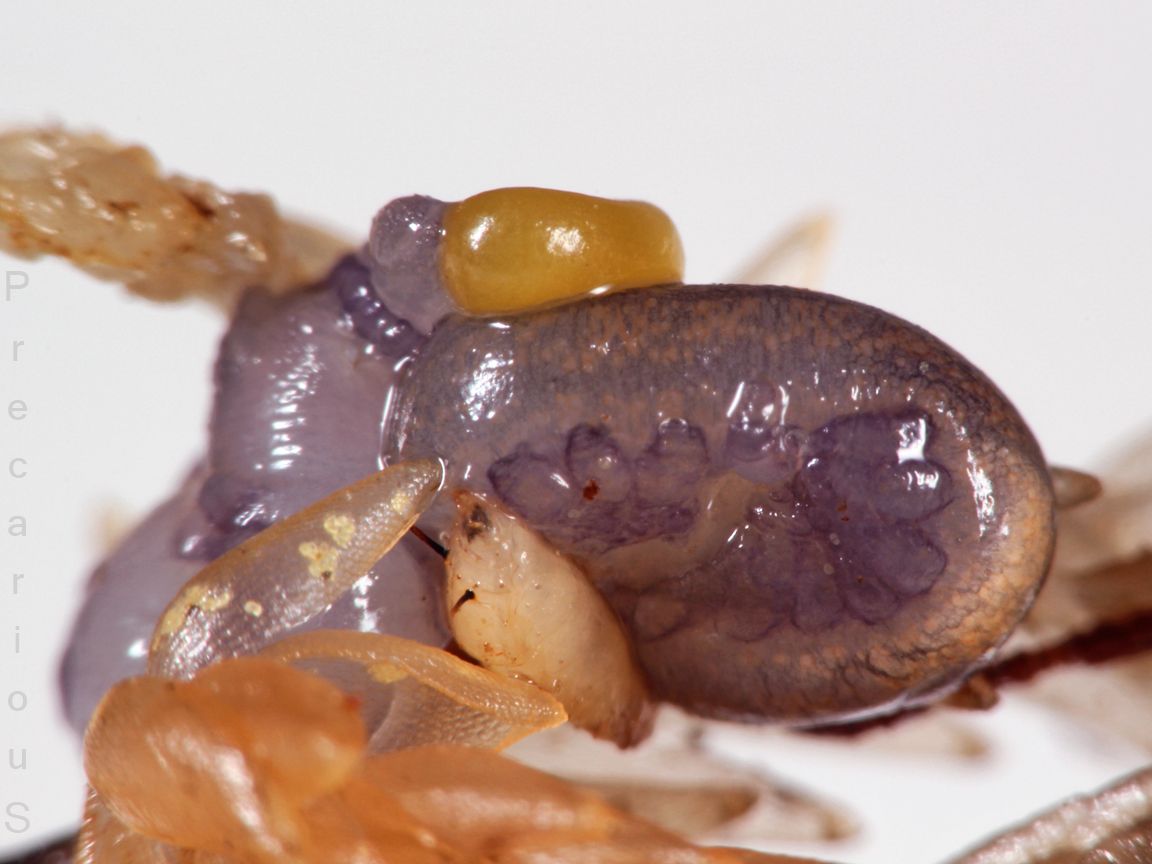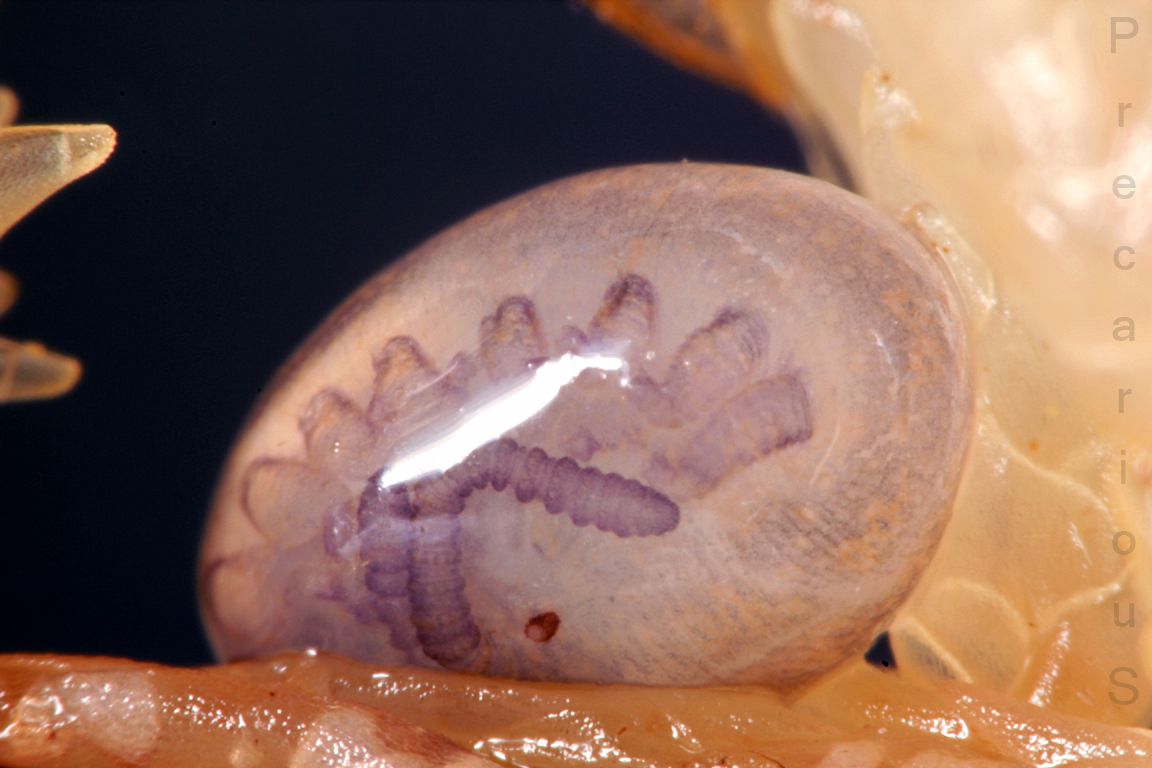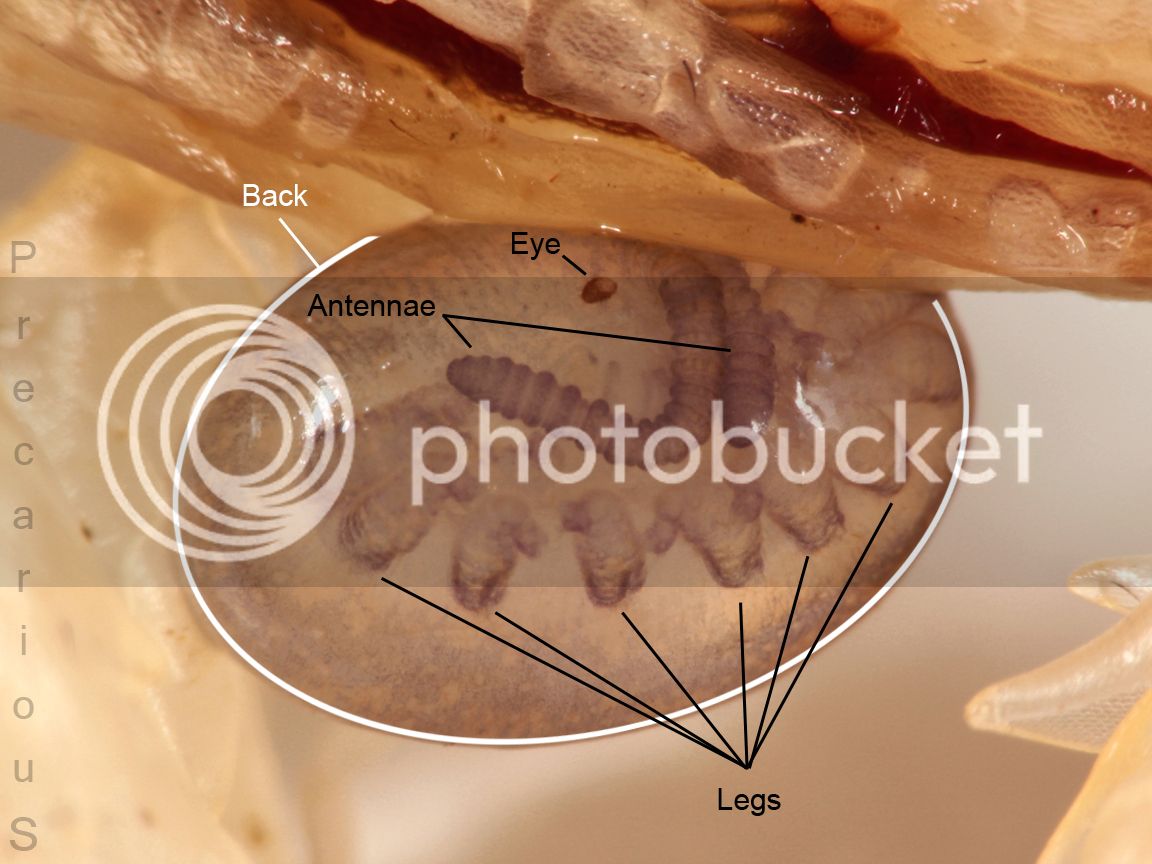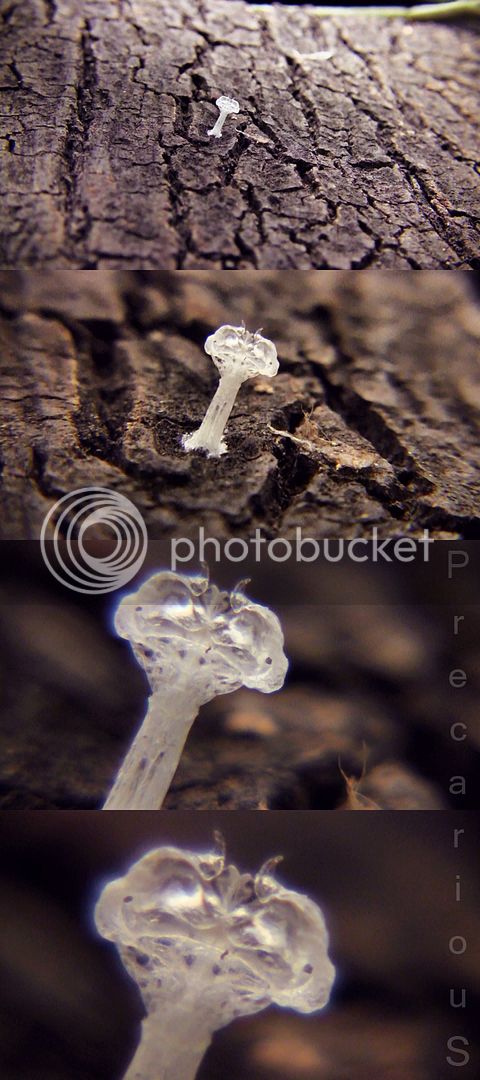I hope you make a lucrative living with your audio/video, Precarious. If you don't, I think you *could* with your kind of talent.
Thanks so much. I REALLY hope I can figure out a way to make a living with all of this. Still searching...
Thanks for the explanation on the egg. It totally makes sense now. Such an odd animal to sort out.
I'm still using the T2i for photography. I love it. No complaints. I should experiment more with its video capabilities, but I'm so used to using the Canon Vixia HF S200 for video.
You really have to throw extra money into the right lens and flash for the T2i to get high quality macro. I use the
EF 100mm 1:2.8 USM with
Macro Twin Lite MT-24EX flash that I rigged diffusers over. I also use a few add-on diopters and tubes to go closer than 1:1 since I don't want to spend $1,000 for the
MP-E 65mm. If you need any pointers I'd be happy to tell you exactly how I shoot. The most important tool is the flash. The MT-24EX allows me to shoot freehand @ 1/500, F22, ISO 100. No way you could do that without.
Macro is a very specialized art. Shooting macro video freehand for a year before I got the T2i helped me build the skills I would need. But another thing that is vital is really good eyesight. You can't use the 'Live View' screen because of the settings noted above, it will be black due to lack of light, so you have to be able to control your breath and muscles to get the focus perfect through the viewfinder and snap the pic at just the right moment. Most other forms of photography are more technical. Macro is like instinctual sharp shooting unless you're shooting still subject using a tripod. More hand-eye coordination when shooting a moving subject freehand. Aside from that the flash makes it almost point and shoot.
Ha-ha! I think I need to clear something up. I don't write any music specifically for any one video. I have a nice collection of music I've done and I draw from that resource. It's kind of crazy the way they often sync up with the video, and sometimes I adjust my edits to enhance that connection, but I'm not nearly as prolific as some people seem to think. I reuse music a lot. But thank you very much for all the encouragement. Knowing others appreciate the work keeps pushing me forward.
As far as the spermatophore being intact - I told you I was obsessive!

Last year when I first got into keeping insects (WOW, it's only been just over a year and a half!) the whipSPIDERS (thanks for clearing that up) were the first pets I got. I would watch them very closely. I took the video those stills are from after watching the male do his dance then planting it, so it was very fresh and untouched. Wish I'd had the T2i then.
I've yet to get decent footage or stills of springtails. They are mysterious little creatures. I've seen amazing photos of them so I know it's possible. The ones I encounter never stop moving!




